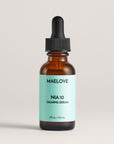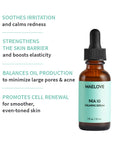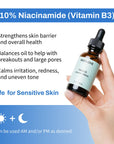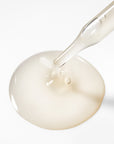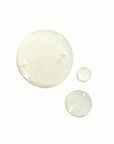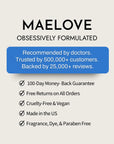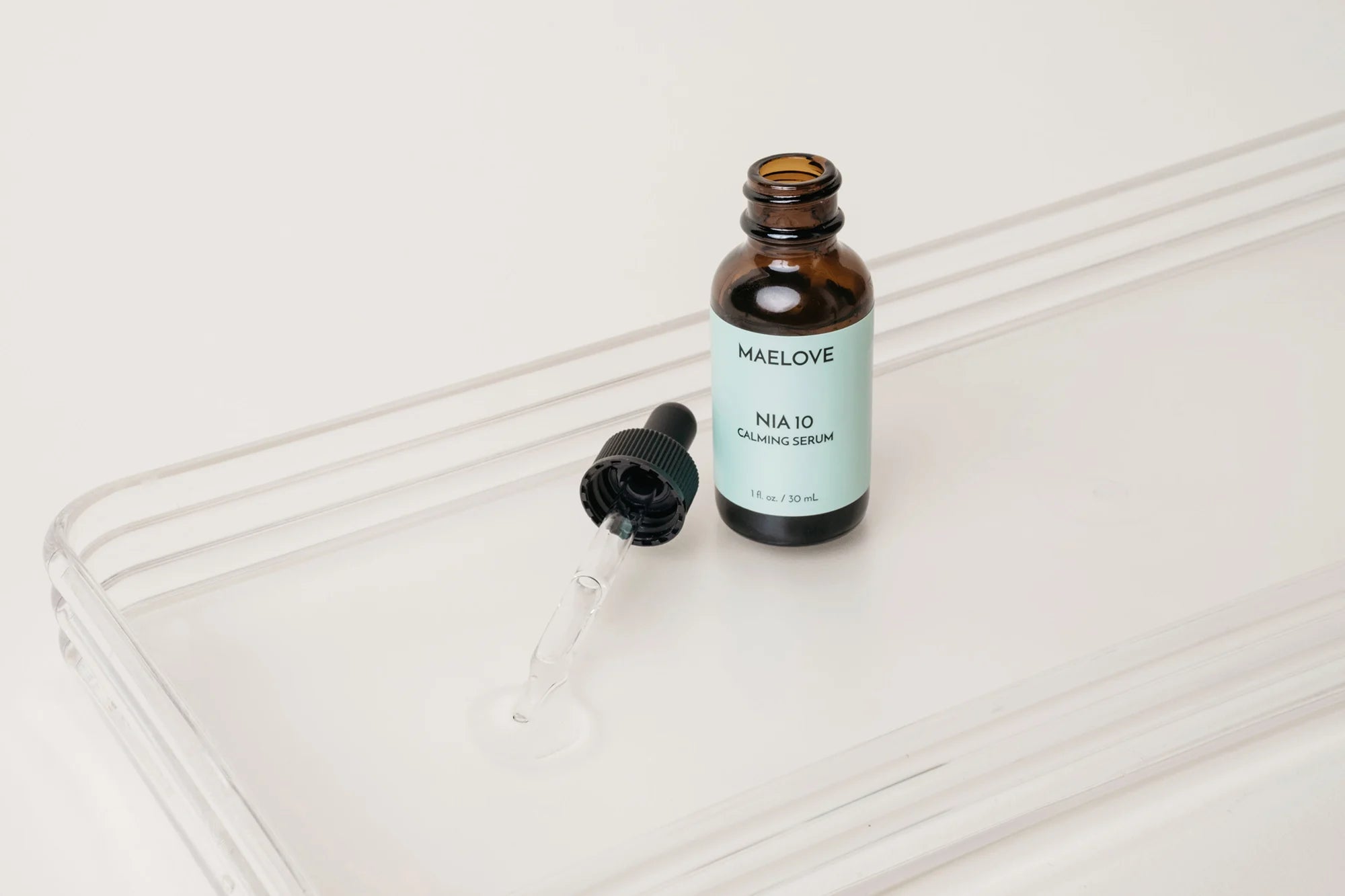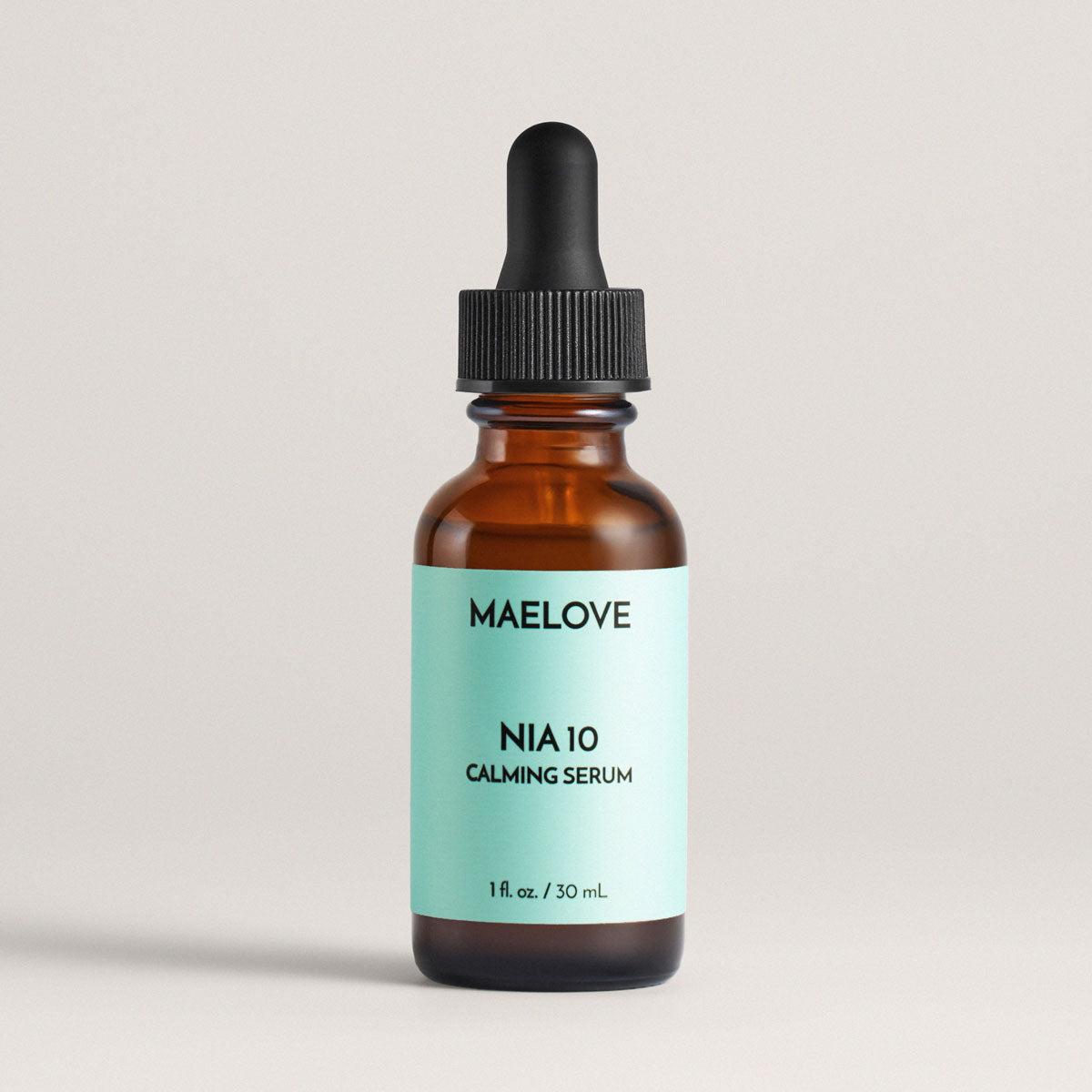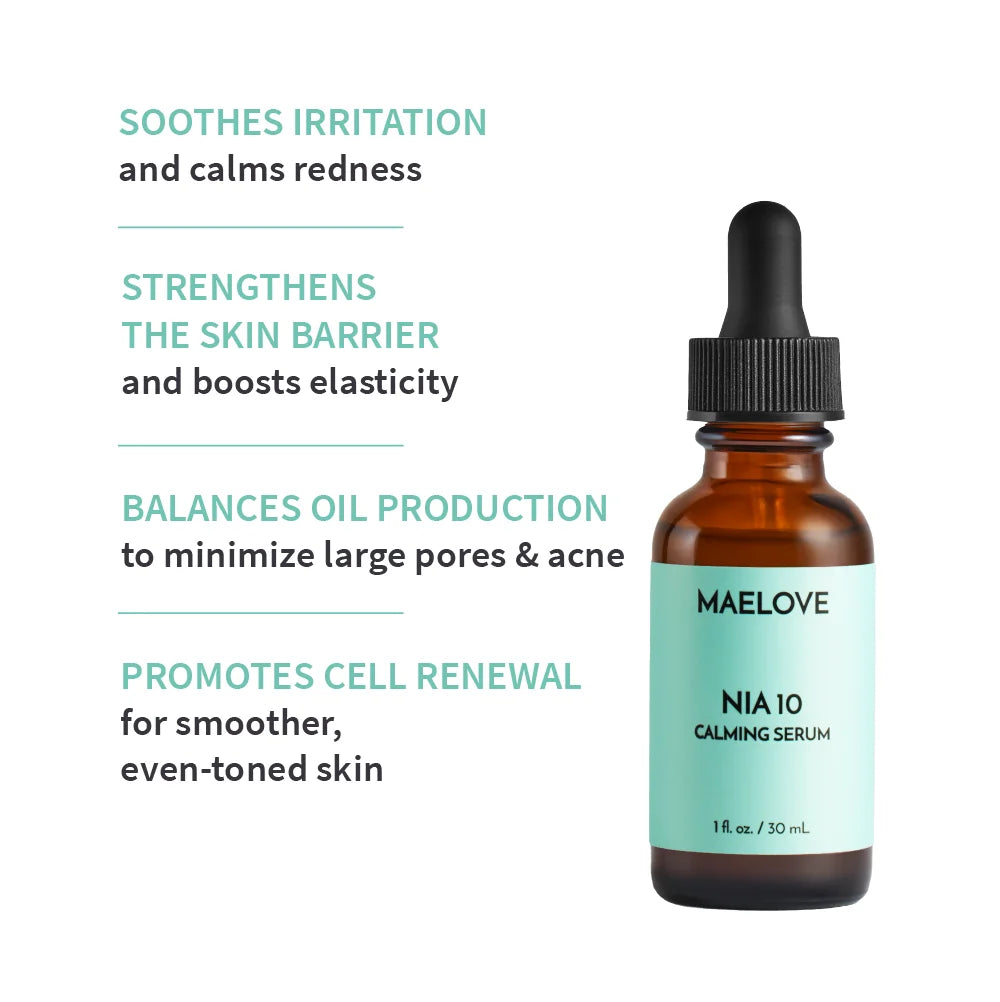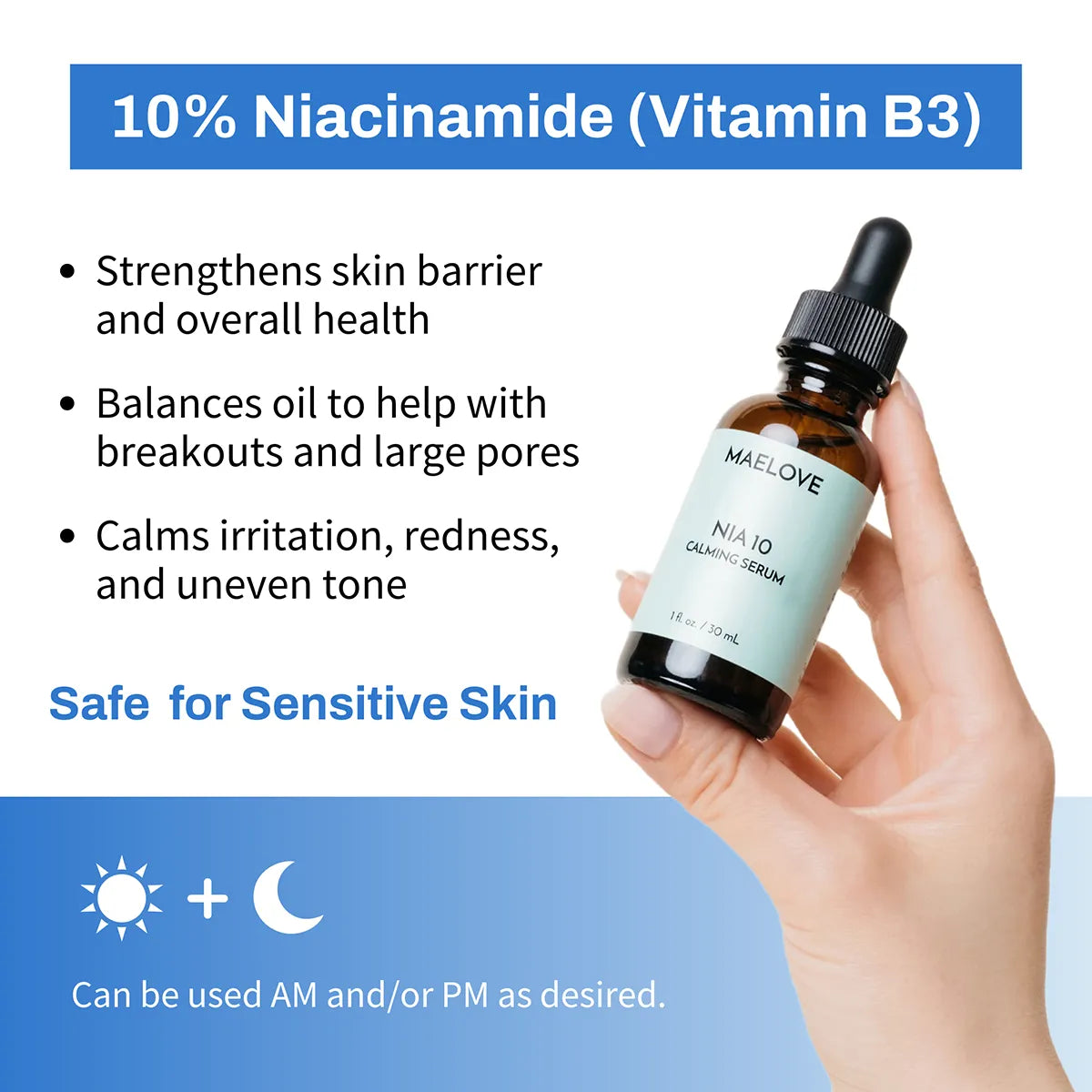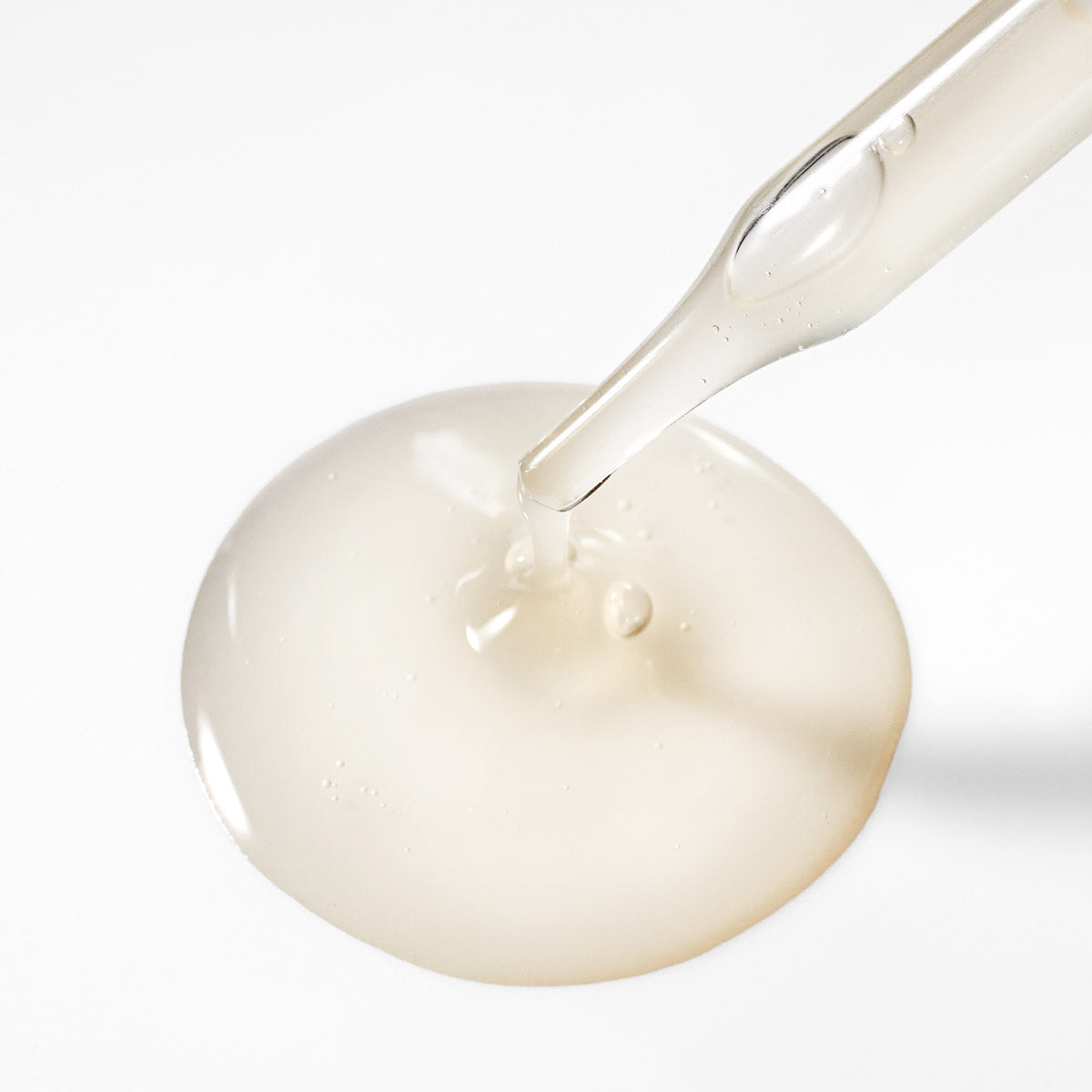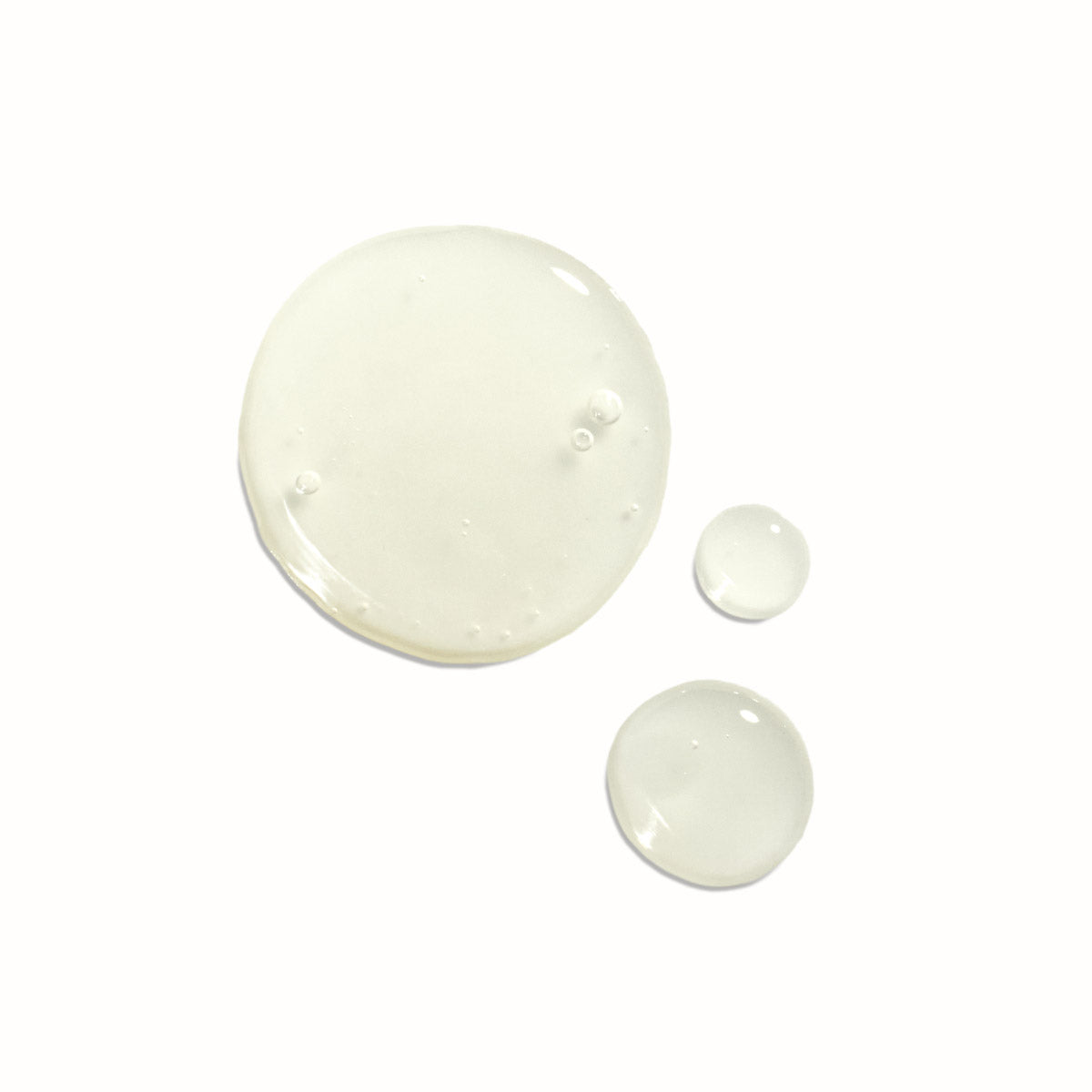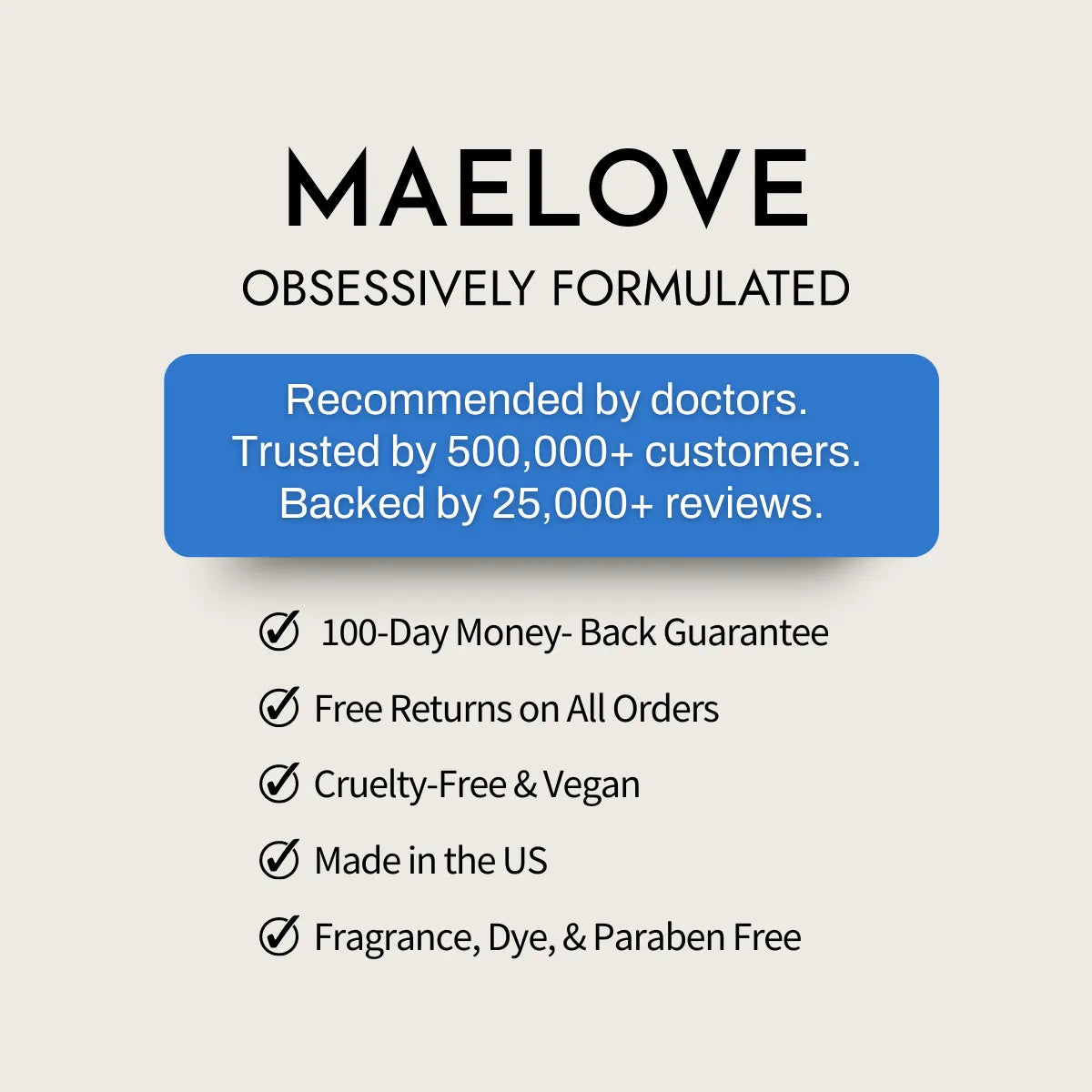Draelos ZD, Ertel K, Berge C (2005). “Niacinamide-containing Facial Moisturizer Improves Skin Barrier and Benefits Subjects with Rosacea.” Cutis 76:135-141
Gehring W (2004). “Nicotinic acid/ niacinamide and the skin.” Journal of Cosmetic Dermatology 3:88-93.
Sahin K, Kucuk O, Orhan C, Tuzcu M, Durmus AS, Ozercan IH, Sahin N, Juturu V (2021). “Niacinamide and undenatured type II collagen modulates the inflammatory response in rats with monoiodoacetate-induced osteoarthritis.” Scientific Reports 11:14724. Doi:10.1038/s41598-021-94142-3.
Soma Y, Kashima M, Imaizumi A, Takahama H, Kawakami T, Mizoguchi M (2005). “Moisturizing effects of topical nicotinamide on atopic dry skin.” Int J Dermatol 44:197–202.
Wohlrab J, Kreft D (2014). “Niacinamide-Mechanisms of Action and Its Topical Use in Dermatology.” Skin Pharmacol Physiol. 27:311-315.
Draelos ZD, Matsubara A, Smiles K (2006). “The effect of 2% niacinamide on facial sebum pro-duction.” J Cosmet Laser Ther 8:96–101
Gehring W (2004). “Nicotinic acid/ niacinamide and the skin.” Journal of Cosmetic Dermatology 3:88-93.
Grange PA, Raingeaud J, Calvez V, Dupin N (2010). “Nicotinamide inhibits Propionibacterium acnes-induced IL-8 production in keratinocytes through the NF-kB and MAPK pathways.” J Derm Sci 56(2): P106-112)
Shalita AR, Smith JG, Parish LC, Sofman MS, Chalker DK (1995). “Topical nicotinamide compared with clindamycin gel in the treament of inflammatory acne vulgaris.” International Journal of Dermatology 34(6):434-437.
Wohlrab J, Kreft D (2014). “Niacinamide-Mechanisms of Action and Its Topical Use in Dermatology.” Skin Pharmacol Physiol. 27:311-315.
Bissett DL, Miyamoto K, Sun P, Li J, Berge CA (2004). “Topical niacinamide reduces yellowing, wrinkling, red blotchiness, and hyperpigmented spots in aging facial skin.” International Journal of Cosmetic Science. 26: 231-238.
Bissett DL, Oblong JE, Berge CA (2006). “Niacinamide: A B Vitamin that Improves Aging Facial Skin Appearance.” Dermatologic Surgery 31: 860-866
Castanedo-Cazares JP, Larraga-Pinones G, Ehnis-Perez A, Fuentes-Ahumada C, Oros-Ovalle C, Smoller BR, Torres-Alvarez B (2013). “Topical niacinamide 4% and desonide 0.05% for treatment of axillary hyperpigmentation: a randomized, double-blind, placebo-controlled study.” Clinical, Cosmetic and Investigational Dermatology 6:29-36
Gehring W (2004). “Nicotinic acid/ niacinamide and the skin.” Journal of Cosmetic Dermatology 3:88-93.
Greatens A, Hakozaki T, Koshoffer A, Epstein H, Schwemberger S, Babcock G, Bissett D, Takiwaki H, Arase S, Wickett RR, Boissy RE (2005). “Effective inhibition of melanosome transfer to keratinocytes by lectins and niacinamide is reversible.” Experimental Dermatology 14: 498-508.
Kimball AB, Kaczvinsky JR, Li J, Robinson LR, Matts PJ, Berge CA, Miyamoto K, Bissett DL (2009). “Reduction in the appearance of facial hyperpigmentation after use of moisturizers with a combination of topical niacinamide and N-acetyl glucosamine: results of a randomized, double-blind, vehicle-controlled trial.” British Journal of Dermatology 162: 435-441
Matts PJ, Oblong JE, Bissett DL (2002). “A review of the range of effects of niacinamide in human skin.” IFSCC 5(4): 285-289.
Navarrete-Solis J, Castanedo-Cazares JP, Torres-Alvarez B, Oros-Ovalle C, Fuentes-Ahumada C, Gonzalez FJ, Martinez-Ramirez JD, Moncada B (2011). “A Double-Blind, Randomized Clinical Trial of Niacinamide 4% versus Hydroquinone 4% in the Treatment of Melasma.” Dermatology Research and Practice. Doi:10.1155/2011/379173
Campuzano-Garcia AE, Torres-Alvarez B, Hernandez-Blanco D, Fuentes-Ahumada C, Cortes-Garcia JD, Castanedo-Cezares JP (2019). “DNA Methyltransferases in Malar Melasma and Their Modification by Sunscreen in Combination with 4% Niacinamide, 0.05% Retinoic Acid, or Placebo.” Biomed Research International. doi:10.1155/2019/9068314
Thompson BC, Surjana D, Halliday GM, Damian D (2014). “Nicotinamide enhances repair of ultraviolet radiation–induced DNA damage in primary melanocytes.” Exp Dermatol 23(7): 509-511. Doi:10.1111/exd.12430
Wohlrab J, Kreft D (2014). “Niacinamide-Mechanisms of Action and Its Topical Use in Dermatology.” Skin Pharmacol Physiol. 27:311-315.
Zhen AX, Piao MJ, Kang KA, Fernando PDSM, Kang HK, Koh YS, Yi JM, Hyun JW (2019). “Niacinamide Protects Skin Cells from Oxidative Stress Inducted by Particulate Matter.” Biomol Ther 27 (6): 562-569
